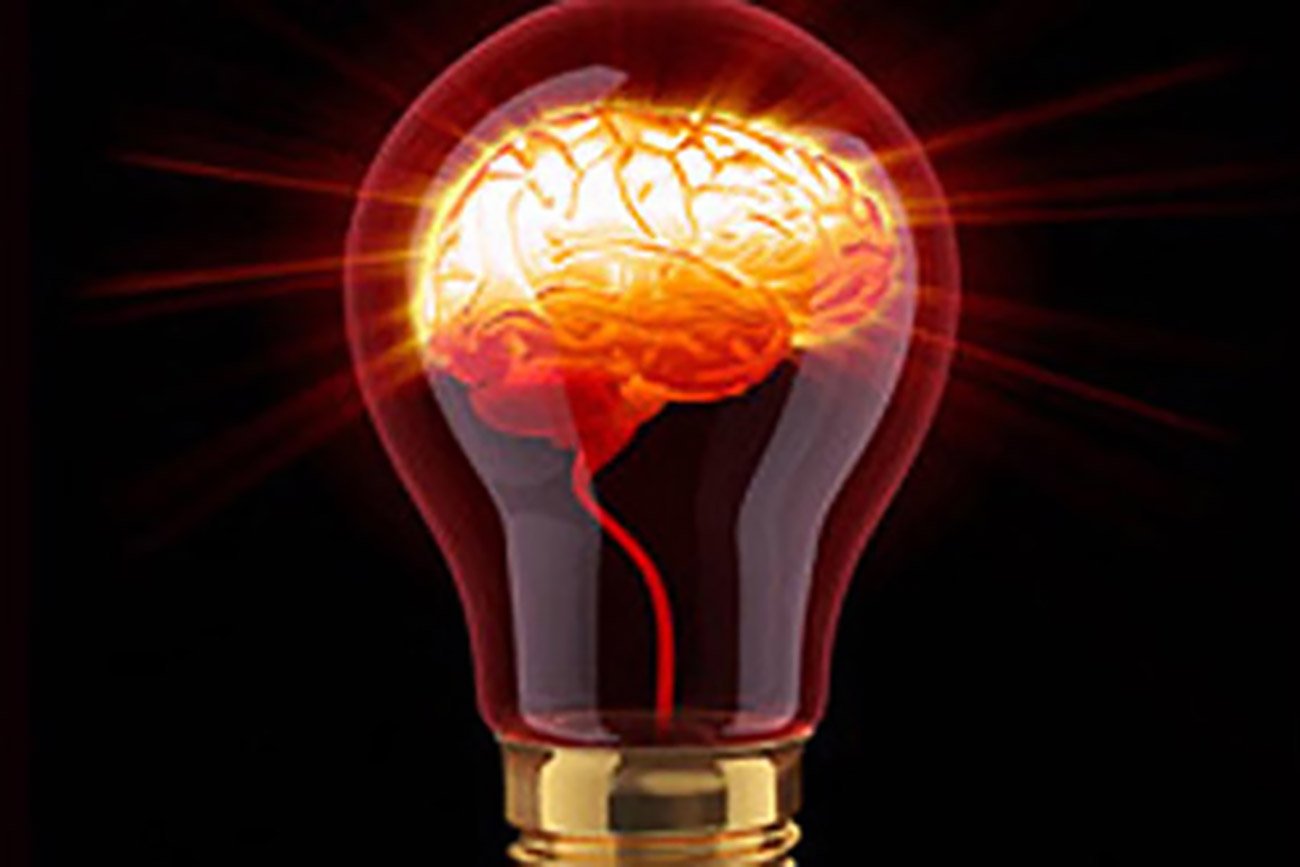Intellectual property unpacked: Copyright ownership

06 Feb 2018
So, your morning shower stirred the creative juices, and you came up with the next big thing, ensuring that not only will you be able to keep up with the Joneses, they might want to start keeping up with you! Picking up your phablet (i.e. tablet sized smart phone) to start searching if your idea exists, you realise that you recently heard somewhere that your brainwave is much more commercially viable if protected, and even further, that it is easier to protect a working prototype (all the while keeping your idea secret insofar as possible, of course).
Following your search, you locate an engineering draughtsman with the requisite skills that is willing to prepare technical drawings and build the prototype. A brief email interaction with the draughtsman ensues, and he agrees to the crucial step of signing a non-disclosure agreement (aha, so that’s what NDA means…) that you sourced from the internet, you agree to a price for their services, and start thinking about your imminent ascent into financial and social prosperity.
A few weeks later, and before you have had the chance to instruct your patent attorney to file a patent application, whilst idly paging through a popular mechanical magazine, you suddenly find, on page 29, the technical drawings of your concept for the whole world to see, causing you to choke on your overpriced double thick pumpkin seed cinnamon infused low fat almond milk latte. Once your confusion has subsided, and after spending some time contemplating on how they milk almonds anyway if they don’t have udders, you call your engineering draughtsman to advise that his computer has most certainly been hacked, phished and 419’d! He calmly responds by advising that his firewalls remain intact and impenetrable even by the NSA, and that he was, in fact, the publisher of the drawings.
In a state of disbelief and manic aggression, you immediately rush to your patent attorney’s office to instruct him to launch a law suit ipso facto forthwith to put it to the draughtsman that he has caused you to suffer millions in future income. You further instruct him to secure the services of the most senior Senior Counsel that money can buy for what is sure to be the trial of the century.
You patent attorney starts unpacking the problem. His first question is “why did you not file a provisional patent application to protect the concept?”. You answer that you were so excited and astounded by the imminent millions and the simplicity of the concept, you did not believe that it would be patentable, and did not give it more thought. Your patent attorney advises you that, unfortunately, the publication of the concept was in all probability destructive to your chances of obtaining patent protection, but that you fortunately still hold the copyright in the drawings due to the signature of the copyright assignment by the draughtsman. At this moment the blood drains from your face and you jokingly inquire what the result would be if you did not, in fact, sign a copyright assignment, to which your patent attorney advises you as follows:
In terms of section 1 of the Copyright Act 98 of 1978 (“the Act”), the author of an artistic work such as engineering drawings, is the person who first makes or creates the work (in this case, the engineering draughtsman).
Therefore, even if you instructed and paid the engineering draughtsman to reduce your thoughts to paper, the draughtsman remains the author (and thus owner) of the copyright in the drawing, and you can only obtain ownership by way of assignment, which, according to section 22(3) of the Act, must be in writing.
The author of a literary or musical work is similarly the person who first made or created the work. The author of your novel or biography would therefore own the copyright in such work, unless it is assigned to you in writing.
To avoid a person that you have contracted to create a literary, artistic or musical work on your behalf from owning the copyright therein, it is therefore imperative that you arrange for the assignment thereof to yourself by the author, and preferably before the work is produced and made available to the public. Better still: seek advice on all copyright, patent and trade mark endeavours from a qualified intellectual property attorney.
On another note, when authoring an article while employed, the writer is not the owner in view of a general assignment of all copyright and other intellectual property created by an employee during the course and scope of their employment to their employer. Such an assignment is often contained in a service contract, which is a completely legitimate assignment that exists in the majority of service contracts. If your employees’ service contracts do not contain a clause dealing with assignment of intellectual property, it offers another good reason to contact an intellectual property attorney to assist you.
See also: The art and law of painting – Who owns the copyright?
(This article is provided for informational purposes only and not for the purpose of providing legal advice. For more information on the topic, please contact the author/s or the relevant provider.)
